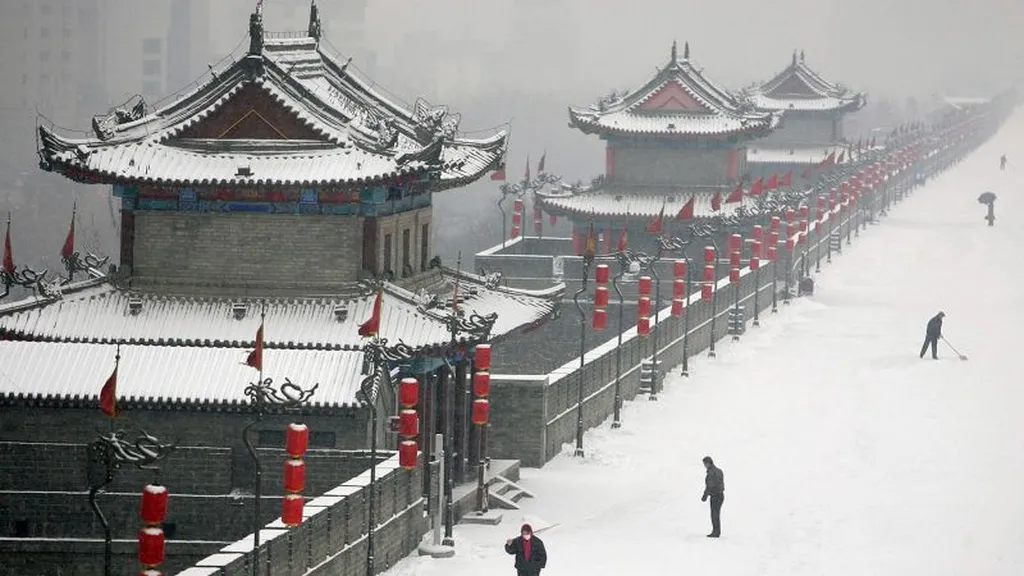In the heart of China, where the Qiantang River meets the city of Hangzhou, a unique blend of ancient poetry and modern urban imagery is being harnessed to redefine leisure tourist area planning. A recent study led by Shuai Yang from Hangzhou City University, published in the Journal of Asian Architecture and Building Engineering (known in English as the Journal of Asian Architecture and Building Engineering), is making waves in the industry by combining traditional cultural elements with cutting-edge technology to enhance tourist experiences.
The research focuses on the Qiantang Poetry Road Cultural Belt, a scenic area rich in historical and cultural significance. Yang and his team employed netnographic methods and natural language processing (NLP) analysis to delve into ancient poetry and modern social media comments about various attractions in the Qiantang River tourist area. This approach allowed them to refine the comparison of evaluation factors and emotional expressions between different attractions, ultimately aiming to enhance the cultural and experiential value of the area.
One of the key findings of the study is the prominence of nature and emotion in ancient poetry related to the Qiantang River. “In the subject-word analysis, the themes of ‘nature’ and ’emotion’ were the most prevalent, accounting for 30% and 25% respectively,” Yang explained. This highlights the deep connection between the natural landscape and the emotional experiences of visitors, a factor that has stood the test of time.
The study also revealed that modern social media comments emphasize “travel” and “time,” accounting for 40% and 20% respectively. This shift reflects the contemporary focus on leisure activities and the perception of time in modern society. “The emphasis on ‘travel’ and ‘time’ in modern social media topics shows how our relationship with leisure and time has evolved,” Yang noted.
The research identified several attractions that stand out in terms of positive emotional responses. Gu Shan (Solitary Hill) Park, for instance, demonstrated a significant positive emotion ratio of 73.27%, making it a highlight for tourists. Yaoling Cave, with its natural beauty, attracted a positive emotion ratio of 52.53%, underscoring the importance of natural scenery and peaceful environments in tourist attractions.
Cultural and religious sites like Lingyin Temple and Guangfuchan Temple also received high proportions of positive emotions, with ratios of 49.61% and 51.05% respectively. This reflects tourists’ appreciation for the profound cultural connotations of these locations.
The implications of this research are far-reaching. By integrating traditional cultural elements with modern urban imagery, planners and developers can create more engaging and culturally rich leisure tourist areas. This approach not only enhances the tourist experience but also preserves and promotes cultural heritage, which can have significant commercial impacts for the energy sector and other industries involved in tourism and urban development.
As the world increasingly seeks sustainable and culturally sensitive development, the methods outlined in this study offer a valuable framework for future projects. By leveraging the power of NLP and netnographic analysis, planners can gain deeper insights into tourist preferences and experiences, leading to more informed and effective planning strategies.
In the words of Yang, “This study provides a set of leisure tourism area planning methods that are orderly, hierarchical, readable, and cultural. It aims to enhance the characteristics of the Poetry Road Cultural Belt and offer a model for similar projects worldwide.” As the industry continues to evolve, the integration of traditional culture and modern technology will undoubtedly play a crucial role in shaping the future of leisure tourist area planning.

